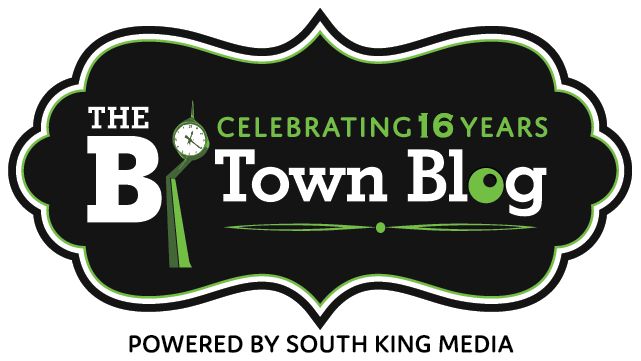
The 18th annual ‘Great Backyard Bird Count’ will be from Feb. 13-16, and all are invited to join in by counting birds.
“Counting birds is a fun, free, family-friendly way to discover and help the birds in your community,” reads an announcement.
Also, mark your calendar for the Burien Birdfest, which will happen on Feb. 14, from 11 a.m. to 3 p.m. at Page2 Books. It is free and open to all. Children are welcome.
Page2 Books is located at 457 SW 152nd Street in downtown Burien.
For more information go to gbbc.birdcount.org.
We’re wondering – will someone see (and count) a Seahawk? 🙂
Here’s how to participate:
1. Register for the count or use your existing login name and password. If you have never participated in the Great Backyard Bird Count or any other Cornell Lab citizen-science project, you’ll need to create a new account. If you already created an account for last year’s GBBC, or if you’re already registered with eBird or another Cornell Lab citizen-science project, you can use your existing login information.
2. Count birds for at least 15 minutes on one or more days of the GBBC. You can count for longer than that if you wish! Count birds in as many places and on as many days as you like—one day, two days, or all four days. Submit a separate checklist for each new day, for each new location, or for the same location if you counted at a different time of day. Estimate the number of individuals of each species you saw during your count period.
3. Enter your results on the GBBC website by clicking “Submit Observations” on the home page. Or download the free GBBC BirdLog app to enter data on a mobile device. If you already participate in the eBird citizen-science project, please use eBird to submit your sightings during the GBBC. Your checklists will count toward the GBBC.
 Tools to Get Started
- Downloadable instructions (PDF)
- “How To” Slide Show
- Help & FAQs
- Optional Data Form (PDF)
- U.S./Canada Bird Lists
Bird ID Help
Photo Contest Info
So how did bird count days and bird festivals come into being?
At the end of the 1800s, all of the men in small New England towns would gather on Christmas Day and divide up into two teams and do a “side hunt.” They would shoot and kill every bird and mammal in sight. Because the wanton killing process was so bloody, barbaric and unethical, a scientist named Frank Chapman proposed another alternative activity for towns on Christmas Day. Instead of killing everything in sight, why not count the creatures and keep a record of them. Make it a competition to record how many of these creatures they could see and compare results against each of the teams. The first bird count was held on Christmas Day, 1900 and is now called the National Christmas Bird Count.
Today, approximately 2,500 counts are conducted each year at Christmas. More than 1,800 are in the United States and more than 400 in Canada. The rest are held in Central and South America, Bermuda, various Caribbean islands and some Pacific islands, including Hawaii.
Additional Bird Counts happen at other times of the year to track where different migratory species travel to during the year. The Great International Bird Count will happen between February 13-16, 2015. So get a tally sheet and join in the count for your neighborhood in February.
]]>

